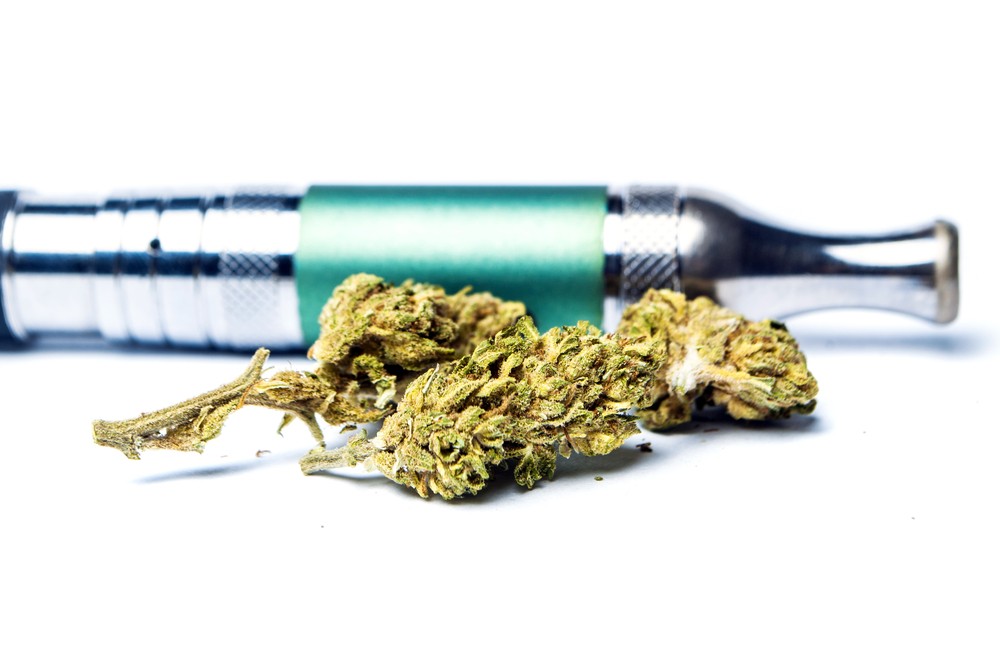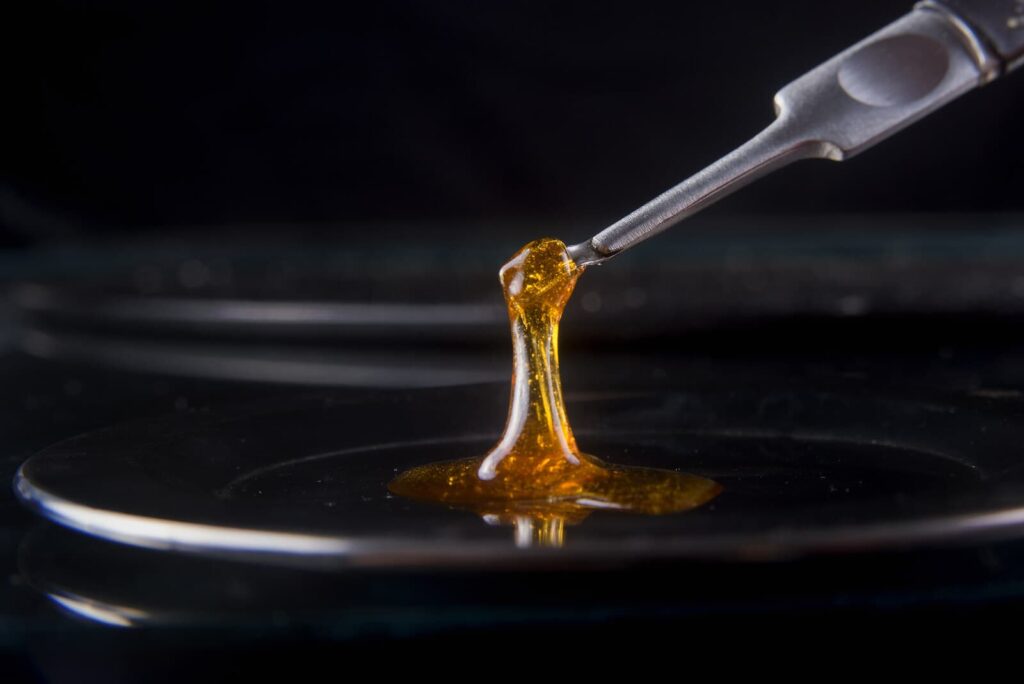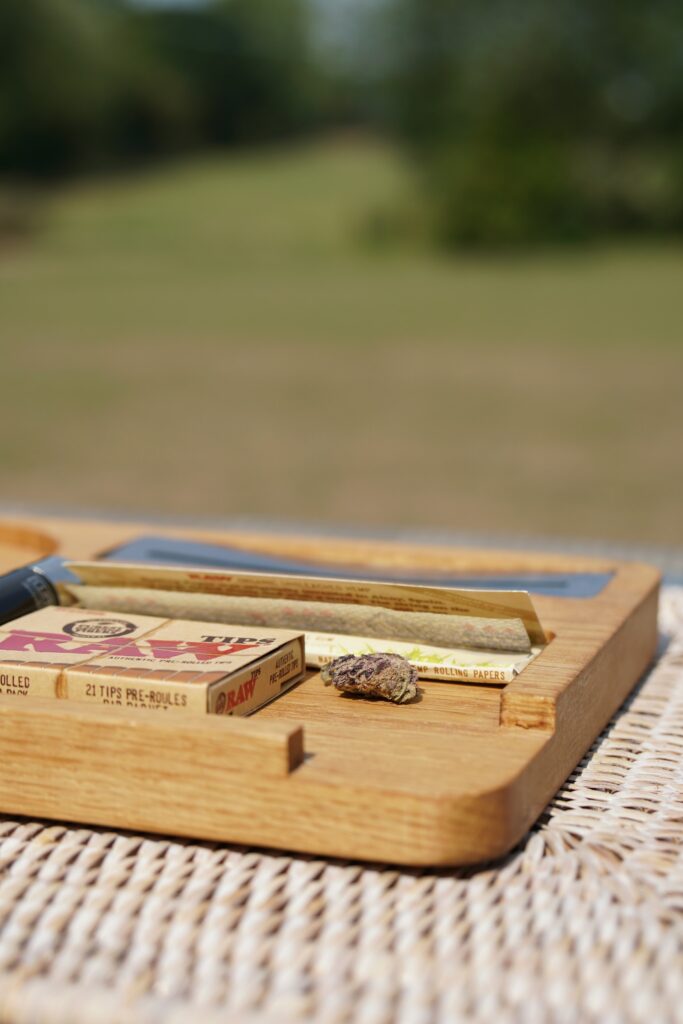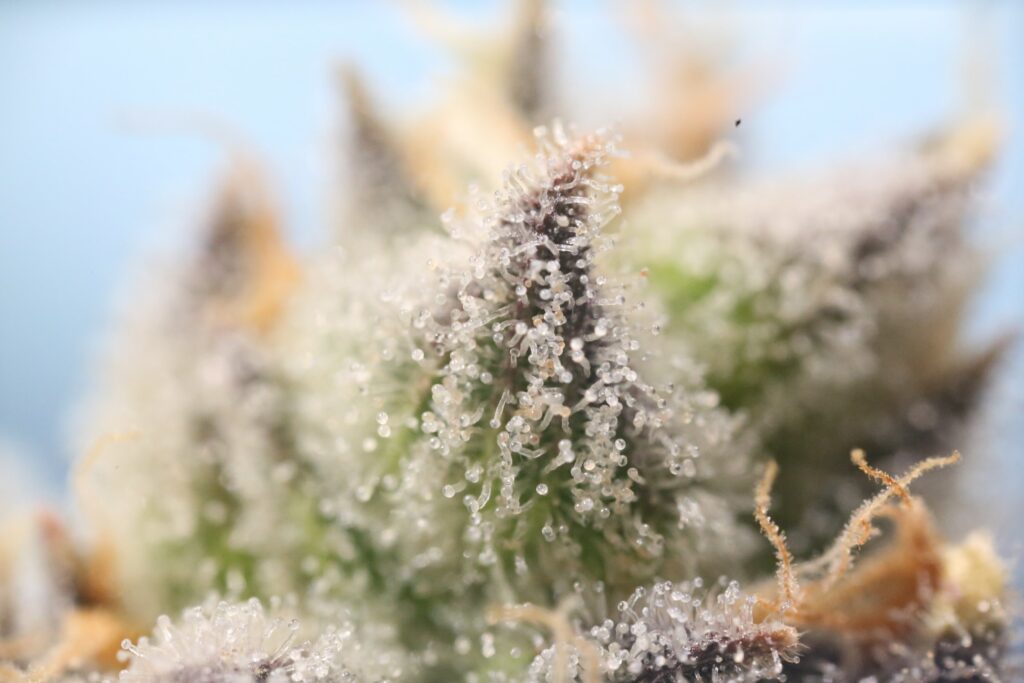Dry Herb Vaporizers

Vaping dry cannabis is an alternative to smoking rolled joints, vaping oils, and dabbing concentrates. While we may think of vape pens and e-cigarettes when visualizing dry herb vaporization, there are many different devices available especially when it comes to vaporizers to administer medical marijuana.
Dry herb vaporizers are used in the same way as pipes where it’s loaded up with some bud. However, instead of inhaling the smoke, you are inhaling the vapors that come off the heated cannabis. So, it’s like smoking but with no smoke.
Vaping with dry herbs has been around for a few years and pioneers in cannabis research like Israel and the Netherlands, have done a lot of studies in this area.
Health Benefits and Effects
The vapor generated through a vaporizer has no nicotine, glycerol, or synthetic flavors, and dry herb vaporizing does not produce those intrusive white blankets of clouds you get from oil vaping.
There are no liquids involved because these vaporization devices heat the cannabis using temperature controls and the active ingredients are released without any of the toxic byproducts. Instead, the vapor contains CBD, THC, and terpenes consistently in measurable quantities.
Using a quality vaporizer with quality (medical) cannabis avoids the adverse effects on the respiratory system that you get from smoking. In fact, consumers who regularly use pipes, blunts, and joints could help decrease respiratory symptoms if switching to dry herb vaporization.
Vaping concentrates doesn’t offer the full benefits you get from vaping dry cannabis where you access all the therapeutic compounds from the plant.
Research to improve technology for medical cannabis administration continues to improve and some devices have been medically-approved such as the Storz & Bickel Volcano and Mighty Medic vaporizer. While clinical tests support the vaporization of medical cannabis, not all vape pens are subjected to technical testing.
Vape Pens
Pen vaporizers are small devices that look like a pen. They are discreet, simple to use, and the cheaper option in dry vaping. These devices mostly use conduction heating instead of the preferred method of convection heating, which ensures the dry product does not overheat or burn. Loud Vapes, Cloud V, and MicroVape are just some examples of vape pens.
Portable Vaporizers
Portable vaporization devices are bigger than the sleek vape pens but offer flexibility for those who travel while vaping on the go. Most portable vape devices can be recharged or used with flame or butane flame options. PAX 2, G Pen Elite, and The Divinci are popular portable vaporizers.
Desktop Vaporizers
Desktop vaporizers are for stationary use and suit those who only vape at home. These are better suited for medical marijuana for the best therapeutic benefits. They deliver quality vapor and use the convection heating method. Different vaporizers use different accessories and attachments to administer dry cannabis such as tubing and balloons. Highly-rated dry herb vaporizers include the Storz & Bickel range, Cloud Evo, ExtremeQ, Arizer, and Herbalizer.
Conduction and Convection Heating
Conduction heating makes direct contact with the dry herb on a heated surface. The downside is that you cannot control the heating and uneven heat distribution can burn the product. The majority of vape pens and portable devices use this heating method.
Convection heating takes the air that’s heated to a specific temperature and passes it over the cannabis. Because there is no direct contact between the dry herb and heating element, the vapor quality is better and more consistent.
Vaporization Temperatures
Studies indicate the temperature sweet spot for dry herb vaporization is about 338°F when the active cannabinoids convert to vapor for comfortable and smooth inhalation. Because there are toxic byproducts present in the vapor, it has a higher content of cannabinoids when compared to smoking. When cannabis is ignited, all the cannabinoids are released at the same time and due to the temperature, cannabinoids can be destroyed.
There are many benefits to dry herb vaporization and because of the associated health risk with smoking, it’s not considered the way to ingest cannabis for long-term medical use. While there is no clinical evidence to suggest that smoking cannabis can cause lung damage, the smoke could potentially lead to respiratory problems.
There are no health disadvantages with using a quality convection heated vaporizer and these are generally recommended for medical marijuana patients. It is a healthy alternative that does not expose users to any harmful side effects or toxic ingredients.






Responses